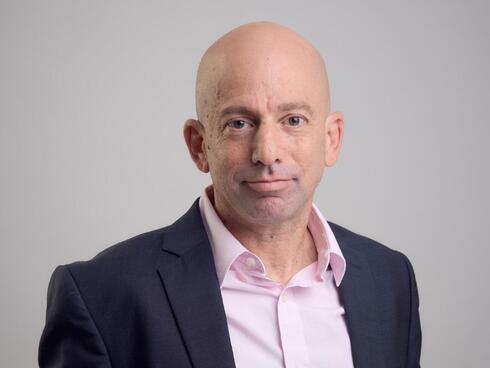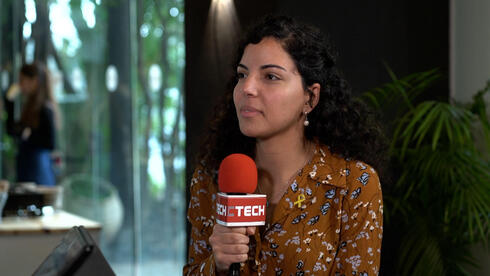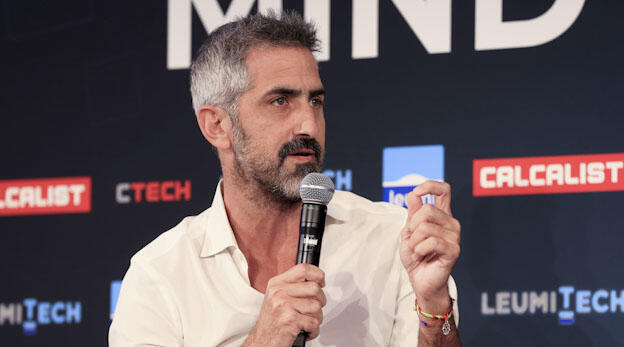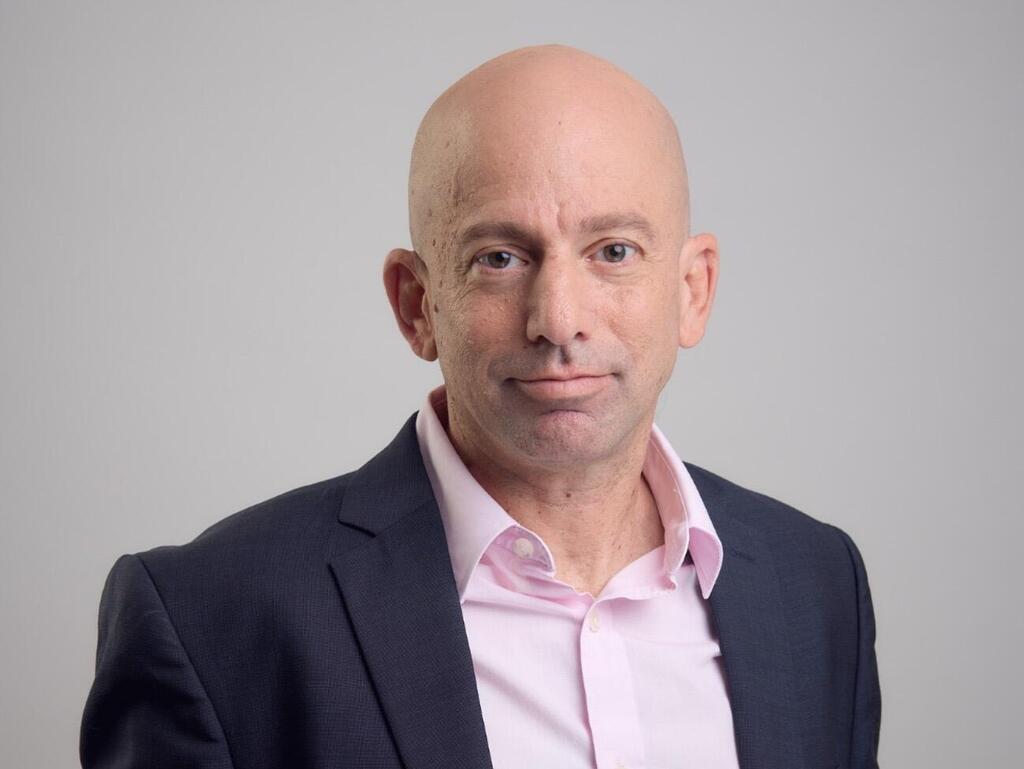
Opinion
How combat medicine accelerates innovation and reshapes global healthcare
"We must ensure that the medical inventions arising from today’s combat realities evolve into tangible healthcare products that save lives - not only on the battlefield but also on highways, in trauma centers, and operating rooms worldwide," writes Avner Halperin, CEO of Sheba Impact and the ARC Innovation Center at Sheba Medical Center.
On Israel’s Memorial Day for fallen soldiers and victims of terror, we are reminded of an enduring mission: to ensure that lives disrupted by tragedy continue to rebuild, heal, and find new futures. Within this complex reality, combat medicine - a field where innovation emerges directly from the battlefield -represents not only a means of saving lives in real time, but also a story of hope, recovery, and the rebirth of life itself.
In recent months, Israeli physicians have found themselves at the frontline: called to serve in combat units, treating the wounded under extreme and often improvised conditions where every second counts. Working in dynamic, high-risk environments without the resources of a fully equipped hospital, their singular goal was clear: save lives.
Yet for many of these physicians, returning to civilian life did not simply mean resuming their regular shifts and surgeries. They came back with ideas, insights, and a renewed motivation to solve the medical challenges they encountered in the field. Severe battlefield injuries - such as uncontrollable hemorrhaging at critical junctions of the body, or the urgent need for higher-quality blood transfusions under fire - spurred the development of creative solutions. At Sheba Medical Center, this translated into innovations like a novel device to control bleeding in areas where existing technologies fall short, and an advanced system for managing and improving the quality of blood transfusions in the field.
Combat medicine uniquely demands innovation at the pace of necessity. What works well in a hospital - with its bright lights, extensive teams, and state-of-the-art infrastructure -often fails under battlefield conditions. Historically, battlefields have served as improvised laboratories for medical breakthroughs, challenging conventional practices and accelerating creative problem-solving. From the 16th-century Battle of Turin, where a French surgeon pioneered the use of arterial tourniquets over the brutal practice of cauterization, to the rapid adoption of antibiotics during World War II - combat has consistently driven medical progress.
Today, however, we can move even faster and more effectively. We have a responsibility to translate raw, field-born ideas into widely available, life-saving technologies that extend beyond the battlefield into civilian healthcare. This journey - from technological development and patenting to clinical trials, regulatory approval, and market deployment - must be fully realized. For example, the new bleeding control device developed for combat could also serve civilian paramedics responding to traffic accidents.
Achieving this requires close collaboration between clinicians, entrepreneurs, and regulatory bodies. Israel has already established itself as a global leader in medical innovation, demonstrating that healthcare innovation can be a major economic growth engine for medical centers and the national economy alike. But to maintain and deepen this leadership, we must ensure that innovations born from necessity do not remain experimental - they must become accessible, life-saving solutions.
This is not just a professional obligation; it is a profound mission. We must ensure that the medical inventions arising from today’s combat realities evolve into tangible healthcare products that save lives - not only on the battlefield but also on highways, in trauma centers, and operating rooms worldwide.
On this day of remembrance, as we carry the weight of loss, we also carry a promise: to transform pain into fertile ground for new life. From the severe wounds and painful experiences of the battlefield, ideas are emerging that can create a better future for all of us - a future where every injured individual, anywhere in the world, receives rapid, life-saving care; where every injury is met with advanced, effective treatment; and where every medical breakthrough stands as a living testament to the human spirit’s refusal to surrender.
A future built on collaboration, innovation, and a commitment to making advanced healthcare accessible to all.
Because that is the true essence of resilience: not only remembering those we lost, but choosing, day after day, to heal, to innovate, and to grow from the pain.
The writer is CEO of Sheba Impact and the ARC Innovation Center at Sheba Medical Center.














